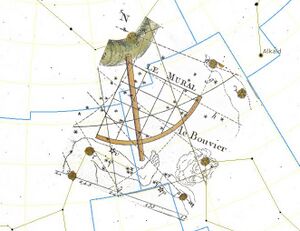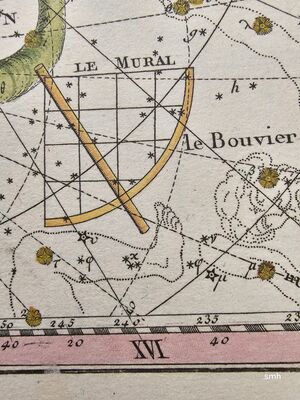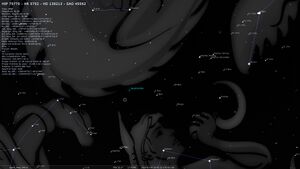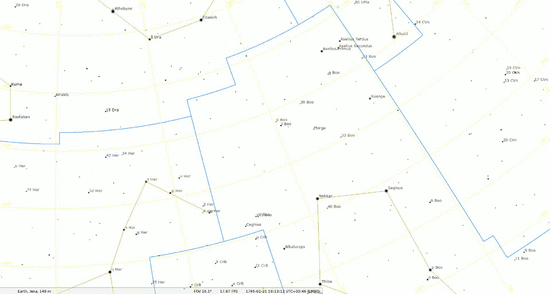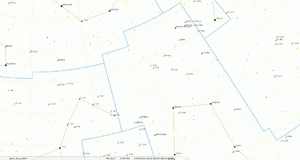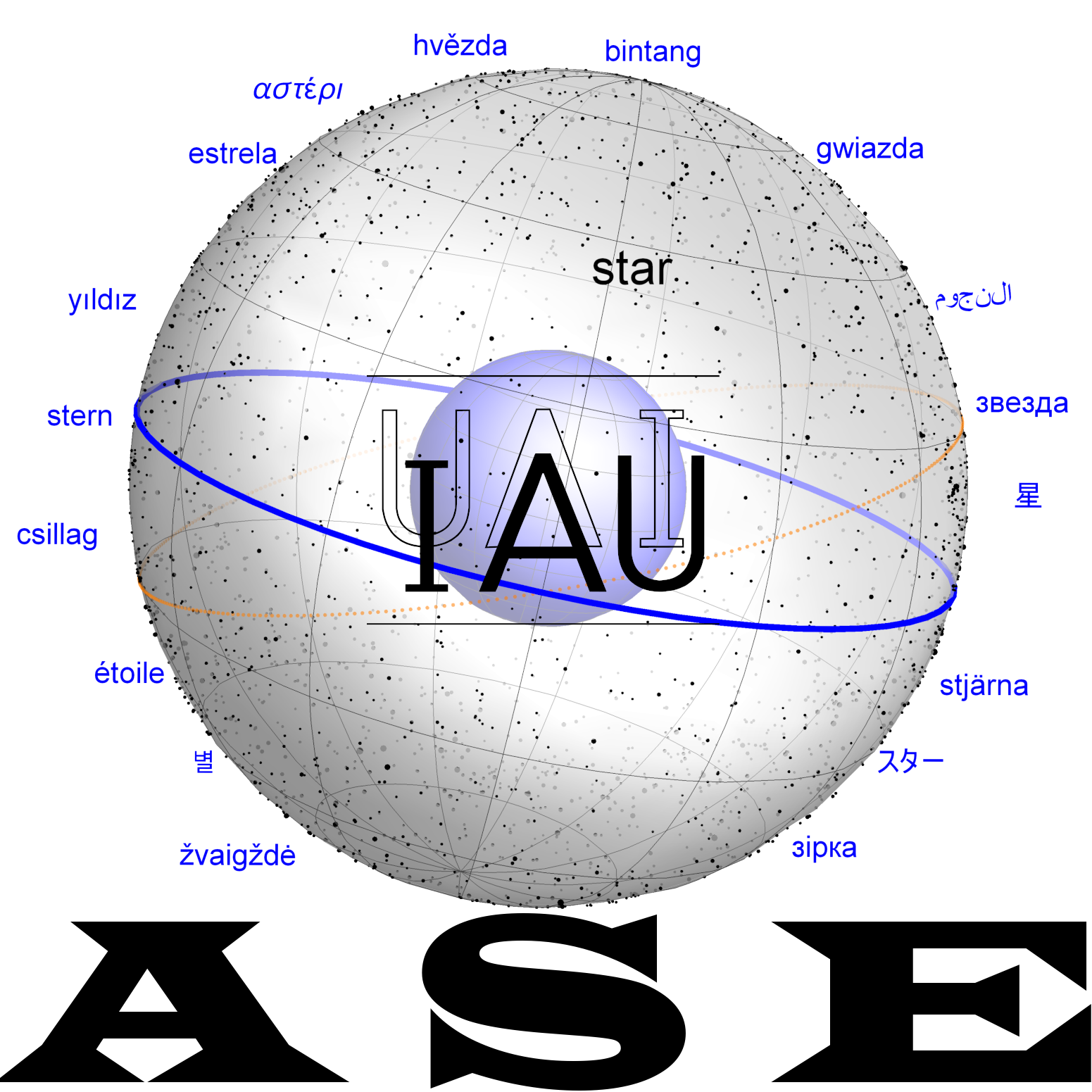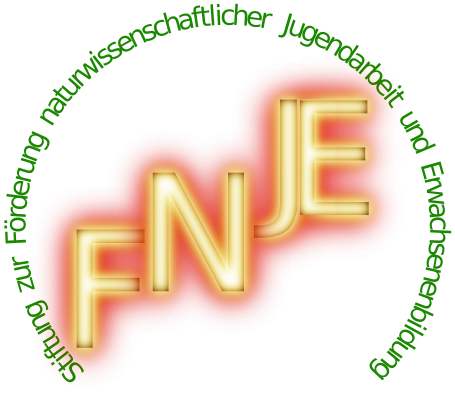Quadrans
Quadrans is the name of the star 44 Boo (i Boo, SIMBAD). It was named by the IAU in 2025 to resemble the obsolete constellation Quadrans Muralis which is preserved in the name of the Quadrantides meteor shower.
Etymology and History
In the late 18th century, the French astronomer Jean-Baptiste Fortin and the German astronomer Johann E. Bode published several translated and updated editions of Flamsteed's Atlas Coelestis. In the last version of the French edition,
Mythology
no mythology
IAU Working Group Star Names
The name was discussed and applied by the IAU WGSN in 2025. The brightest stars in the vicinity of Quadrans Muralis, in order of brightness are:
- 44 Boo (HR 5618, HD 133640; V=4.76)
- CL Dra (HR 5960, HD 143466; V=4.95)
- BP Boo (HR 5857, HD 140728; V=5.51)
- 47 Boo (HR 5627, HD 133962; V=5.57)
- 39 Boo (HR 5538, HD 131041; V=5.69)
- HR 5830 (HR 5830, HD 139798; V=5.75)
- X Her (HD 144205; V=6.58).
The two brightest stars are notable bright stars in the solar neighbourhood: 44 Boo (d = 13 parsecs) and CL Dra (d = 34 parsecs). 44 Boo is a resolved multiple system. A having V=4.991+-0.009 (ASCC-2.5) and its secondary (an unresolved W UMa contact binary) having V=6.002+-0.008 (ASCC-2.5). So, considering the brightnesses of the component stars, CL Dra is brighter! (V=4.96 in Hipparcos, V=4.957+-0.007 in Mermilliod 1991. However, CL Dra is only inside Bode's constellation area but not in Lalande's original image.
Note that in 2025 the radiant for the Quadrantid meteor shower is near RA, Dec = 230.2, +49.5 (ICRS, J2000; Jenniskens et al. 2016), which is in Bootes and closer to 44 Boo than CL Dra.[1]
One proposal is to name the V=4.95 mag-star CL Dra for which SIMBAD give a wrong magnitude; VSX registers it with 4.95±0.02 mag and as "delta Scuti"-type variable.
Another proposal could be to apply "Quadrans" to one star and "Muralis" to the other, e.g. "Quadrans" for 44 Boo (the primary of its triple) and "Muralis" for CL Dra, but with respect to other cultures who might want to name stars, WGSN name only one of them.
WGSN chose to name 44 Boo A "Quadrans".
Weblinks
Reference
- References (general)
- References (early modern)
- Ian Ridpath's website (Quadrans Muralis)
- ↑ David Harper, L.M. Stockman (2020) SkyEye (Website)https://www.obliquity.com/skyeye/88const/Qua.html
